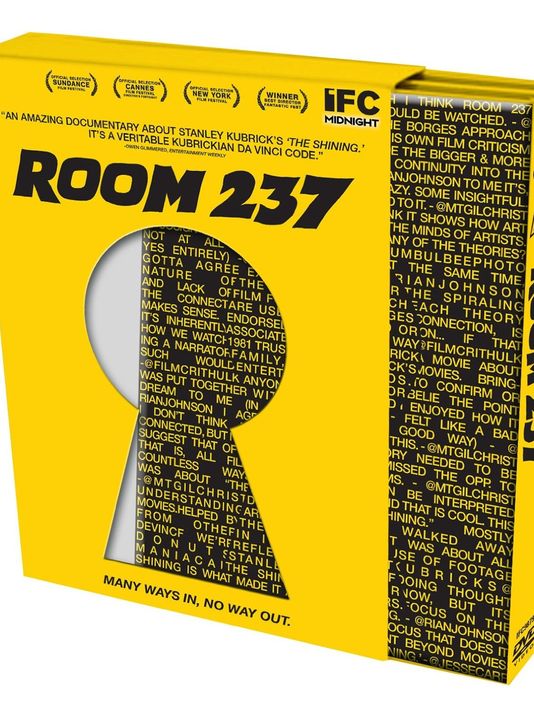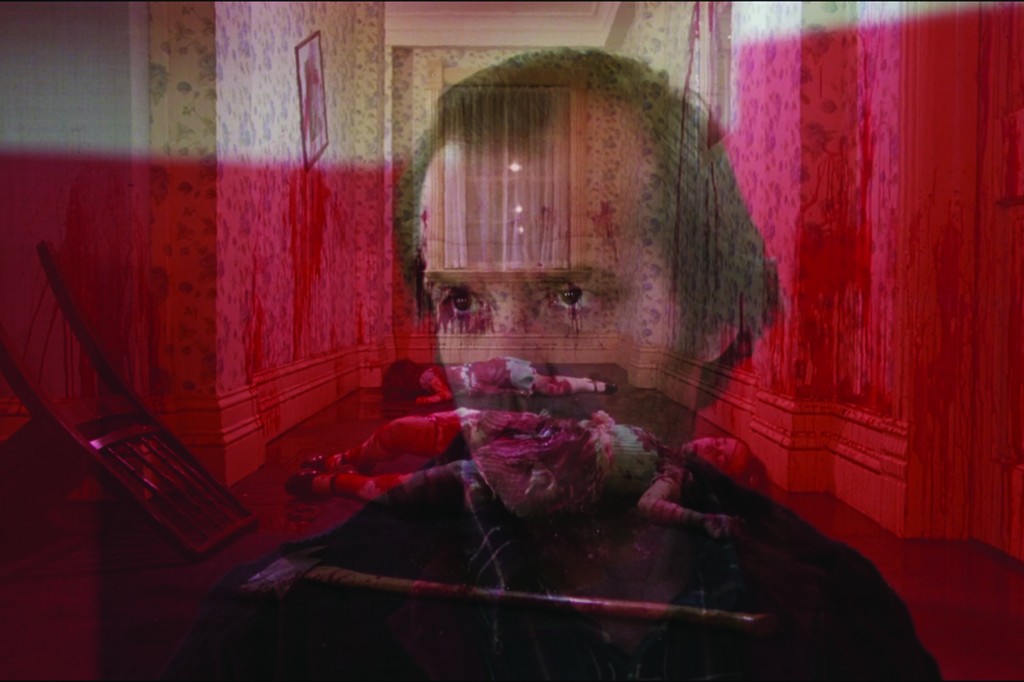

Before you sit down on your sofa and take in one frame of “Room 237” I highly recommend you watch “The Shining” one last time untainted. Because “Room 237” dissects the film almost to a clinical level and regardless to how much you swallow or buy into the theories (or are they revelations?) presented in the fascinating documentary, I promise you will never be able to watch Stanley Kubrick’s steady shots gliding down the Overlook Hotel’s halls the same way again.
The film is an entertaining lesson in film theory and director Rodney Ascher is our professor. Ascher gives us a peak into a stunning world where various cinema enthusiasts have crafted a niche hobby for themselves that involves granularly analyzing Kubrick’s horror classic down to every conceivable minutia. What blows me away is that so many people had this calling to this particular film and that the theories vary so greatly. Awesome stuff for a film geek like myself and “Room 237” (which I’ve already watched twice since receiving my screener a week ago) has sparked a desire in me to take on the practice myself. “The Shining” has been thoroughly covered so I was thinking about “Barry Lyndon”. There has got to be an underlying reason Kubrick made that boring shit other than just seeing if he can shoot in candle light.
The theories vary in complexity and feasibility and are presented by their owners in voiceover. All we see is archival footage of Kubrick’s work mixed with a tiny bit of staged footage of stiff actors watching the movie in a theater (could have done without that). There are six crazies theorists, five men and one woman who is very good at cartography (she mapped the entire hotel and discovered a very interesting window that should not exist). One of the problems of never seeing our friends present their thoughts and findings is that they mash together and it becomes very difficult in figuring out if the person speaking is the guy that thinks “The Shining” is a story about sexual repression or genocide. Separating them out is important because you will inevitably believe in some of these ideas and think others are ludicrous.

My favorites theories presented were usually the ones I think are the most valid. There is little doubt that there is subtext about the mass murder of Native Americans and possibly some commentary about the evil of the Nazis. The number 42 is everywhere in the film and there is a dig or two at Stephen King, the author of the original novel that Kubrick stole and made his own. But there is some moon landing ideas that just made me laugh. Even the outlandish is entertaining though and there is plenty to chew on here.
Despite of any validity to any of the material in the film, “Room 237” is worth a look to see how the same work of art can be interpreted in many different ways. Kubrick made smart, meticulous films so it comes as no surprise that they can be pulled apart meticulously.
I would like to suggest that Ascher put on of these together for “2001”. That one has always confused the hell out of me and I would appreciate the help.


